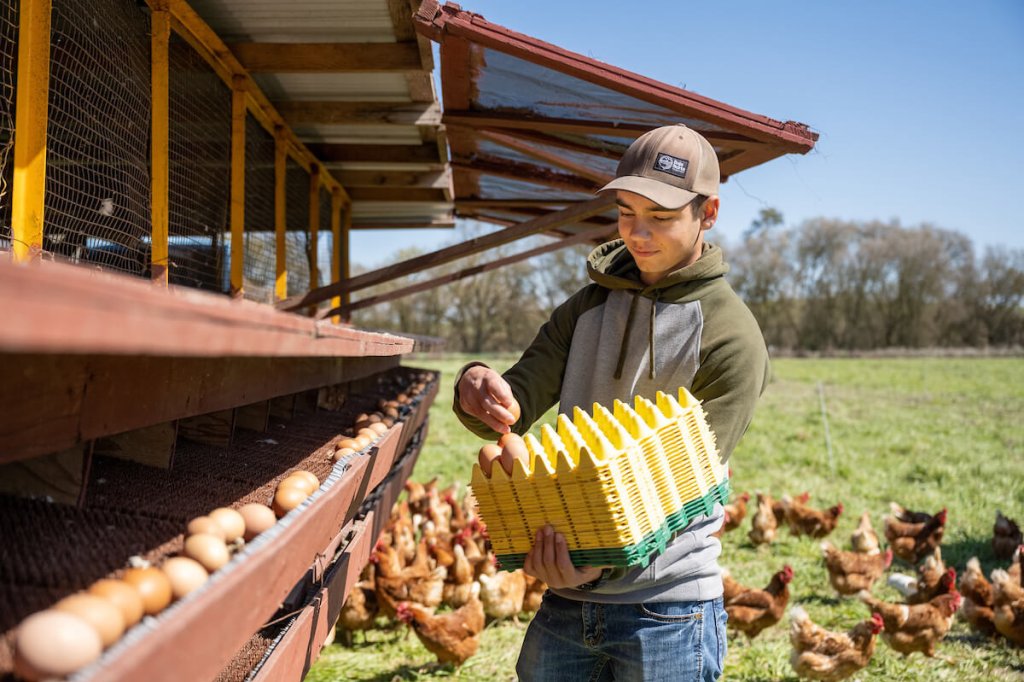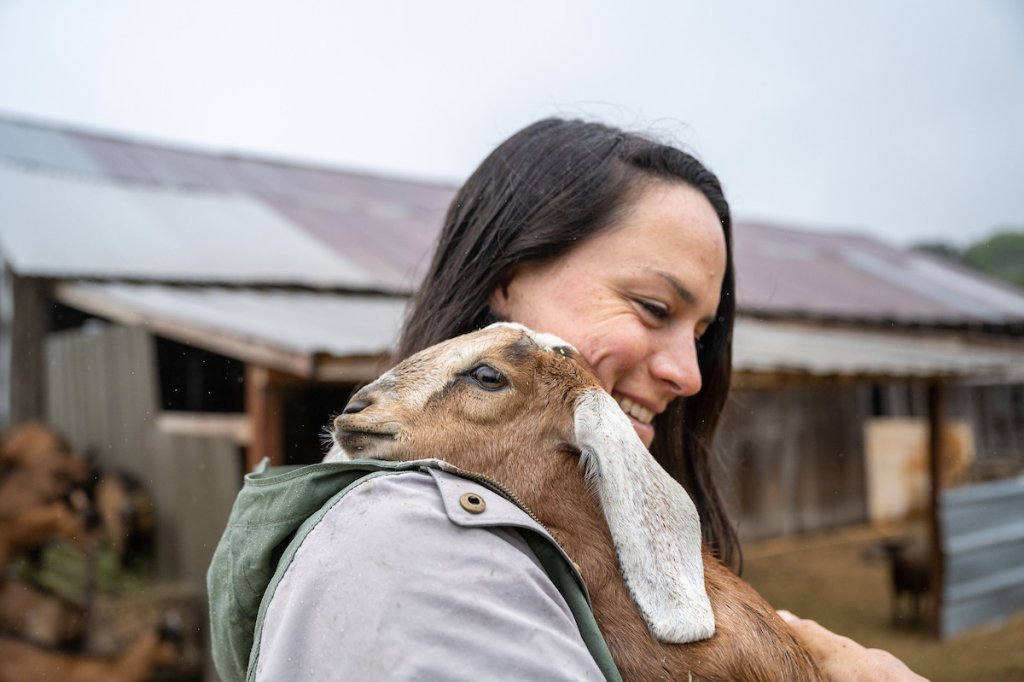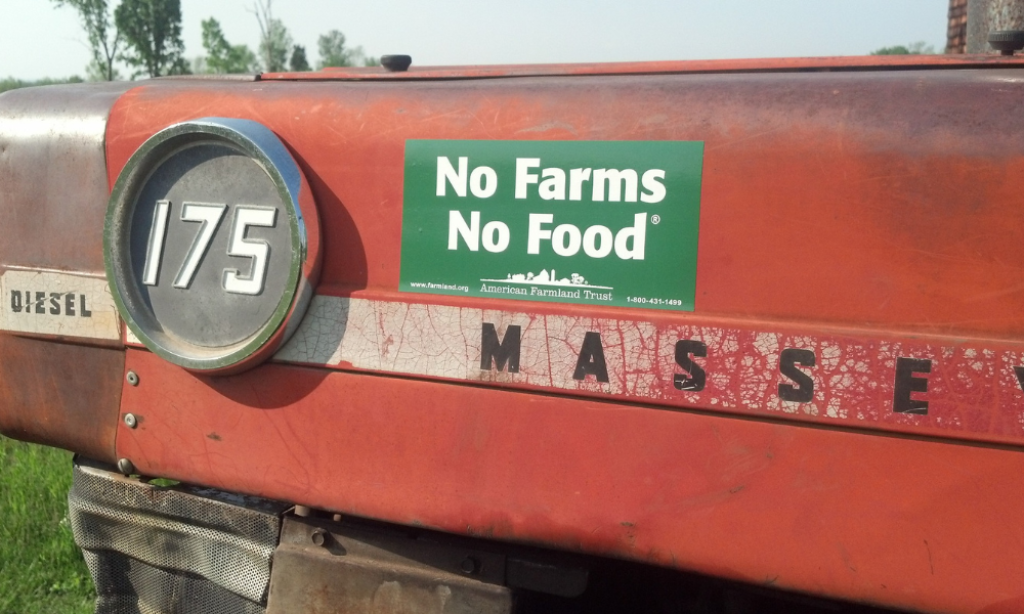Top 5 Helpful Tips for Non-Farming Landowners (Who Lease to Farmers) in New England
Most farmers farm on leased land as part of their overall farming operations. As increased development fragments farmland in New England, and as competition among farmers for the best farmland increases, farmers struggle to piece together many rented acres to ensure they have enough land to support the needs of their operation. Relationships between farmers and landowners are a fact of life, so good landowner relations are critical for keeping agreements in place, which keeps more land in agricultural production. Realistic expectations for landowners will make land more accessible to farmers operating on tight margins. I’ve been working with dairy and livestock farmers in my region for twenty years now. Below are some of the common themes I’ve heard from my farmer clients over the years when it comes to rental agreements. If you rent land to farmers (or are considering it), here are a few things to consider:
Communication is key. Start with a conversation. What are the farmer’s needs and goals? What are yours? Make sure everyone’s expectations are laid out and clear from the beginning. This will result in fewer surprises later down the road. During the growing season, if you’re unclear about the activities happening on your land, just ask. If you want more details on how your land is being managed, ask for updates or schedule an annual year-end meeting. Things change; weather and other factors can disturb the best-laid plans. Be open to contingency plans.
Long-term leases are better. With a long-term lease (5-7 years or longer), farmers can feel confident making investments in a property because they will see a return on that investment. Whether applying fertility to improve soil health, installing a fence for grazing, or implementing a new conservation practice, work to improve farmland has a cost that needs to be re-captured over time. Short-term or year-to-year leases provide no security and can disincentivize a farmer from making improvements. It is extremely hard for a farmer to plan when they do not know if they will be on a property from one year to the next. A secure land base is critical for the long-term success of a business.
Set a realistic land value that aligns with the local farm economy. When trying to determine fair rental values, landowners sometimes turn to the Internet, where they typically find regionally irrelevant resources based in the Midwest. Centered on commodity cash crops, these leases are structured very differently and can include a percentage of gross revenue of the crop, which doesn’t typically fit our New England agricultural landscape. To set fair rental values, start by asking others in the local community what they charge to rent their land. You may find there is quite a range. Use this as a starting point for a conversation with your potential farmer tenant. As our friends at Land For Good note, “It can be difficult to determine a fair rental rate. Location, soil quality, the forces of supply and demand, and personal goals all play roles in determining an appropriate price. In some cases, you may not want to charge the farmer at all for farming your land.”
Understand the cropping plan. Sometimes, farmers’ decisions might not make sense to you. If you have concerns about best management practices like herbicides or tillage, ask the farmer to share their strategies and values as a first step. Let’s take soil health and manure spreading as an example. It is widely understood that soil fertility is vital for crop health and the overall health of the land. A perennial hay stand is not viable long-term without added fertility. Manure, often viewed as a waste product, is a valuable resource which puts nutrients removed with the crop back into the soil. Soil nutrients feed the crop and keep the stand full of desirable and healthy species. Some landowners miss out on the benefits that can be gained from improving their soil health with manure because of common misconceptions. Work to understand how and why the cropping plan was developed to take advantage of these and other opportunities.
Understand the challenges of farming. Know that even when the farmer is “just cutting hay,” there are a lot of costs and variables at play. For instance, harvesting a field across town means transporting tractors and other machinery to the site, resulting in more money spent on fuel, labor, wear and tear, and depreciation. Costs of production vary from crop to crop and farm to farm, whether hay, corn silage, vegetables, fruit, or another crop. Recognize that the farmer may be working with a host of constraints depending on weather, machinery, and many other potential factors that could cause unexpected difficulties. Have those conversations with your farmer to better understand the challenges they may be facing.
Most farmers want what is best for the land. A mutual understanding of each party’s expectations and an awareness of the challenges will make it easier for the farmer to keep more land in agricultural production. Find a win-win scenario that works for everyone, forging a seamless relationship that lasts.
Check out these resources for farmland owners and those seeking to learn more about making their land available to farmers:



